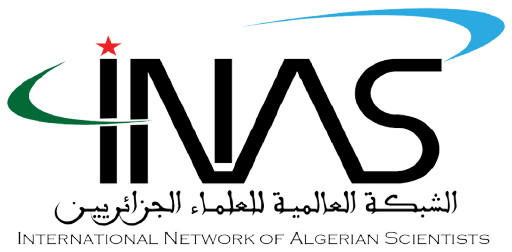Geosciences & geoenergies
Experts in the oil and gas sector agrees that the conventional ‘easy oil production’ era has ended, most of producible oil provinces are already known and the world is entering a new era of fossil energy production that requires new technology implementation to maintain steady production. The Digital oilfield is a concept that combines business process management with digital technologies to automate workflows for maximizing productivity, reducing costs and minimizing the overall risks associated with oil and gas operations. Big data, machine learning, cloud computing and many other new technologies are becoming the new norm by reshaping the way we work in the industry.
Objectives
To provide university students and young professionals with the necessary background on the new technologies utilization in the oil and gas sector and help them to thrive through the ongoing transformation.
Educate the younger generation on how to live in a seismic active zone and raise the awareness level of the general public through online webinars and conferences from Earthquake professionals.
Geosciences Group Project Proposal:
Project 1: Advances in Geoenergies & Renewables
The term ‘Geoenergy’ refers to all forms of energy derived from the earth, including fossil fuels, mineral resources, methane hydrate, geothermal as well as technologies that interact with the subsurface such as carbon capture, utilization and storage (CCUS).
Relying on traditional fossil energies alone is no longer a sustainable solution for the future. In fact, experts in the oil and gas sector agrees that the classical ‘easy oil production’ era has ended. Most of the producible oil provinces are already known, and the industry is entering what might be the last era for fossil energy production, using the latest digital technologies to maximize hydrocarbon production. In addition, the world is witnessing an unprecedented transition to cleaner and more sustainable geoenergy sources, in a common effort to reduce the global carbon footprint and reduce dependency on fossil fuels.
As a leading energy producer, Algeria is challenged to cope with the digitally transforming industry and the global energy transition, through the work force and the motivation of its local youth. The objective of this project is to provide university students, as well as young professionals, with the necessary technical background and tools, to understand the new technologies used in the energy sector. This will help future geoscientists to thrive through the ongoing challenges faced by the evolving energy market, be up to date with the latest technological developments and ensure a leading position for Algeria in the future.
Project 2: Earthquake Hazard Mitigation
Located between the boundary of the African tectonic plate and the Eurasian tectonic plate, Northern Algeria was historically prone to many large Earthquakes. The most hazardous regions coincide with the highest population density, which make the risk more important to the local population.
The last major Earthquake that hit Algeria was the 2003 Boumerdes Earthquake, nearly 20 years ago leaving huge causalities, many structural damages and a big fear among population. Younger generation of Algerians who are below 20 never experienced or can hardly understand all the trauma caused by Earthquakes despite leaving in a tectonic active zone. Therefore, important effort on social seismology is required and it is the duty for Earthquake scientists to rise the awareness level of young generation on the risk associated to Earthquakes.
This project aims to educate younger generation on how to live in a seismic active zone and raise the awareness level of the general public through online webinars and conferences from Earthquake professionals.
